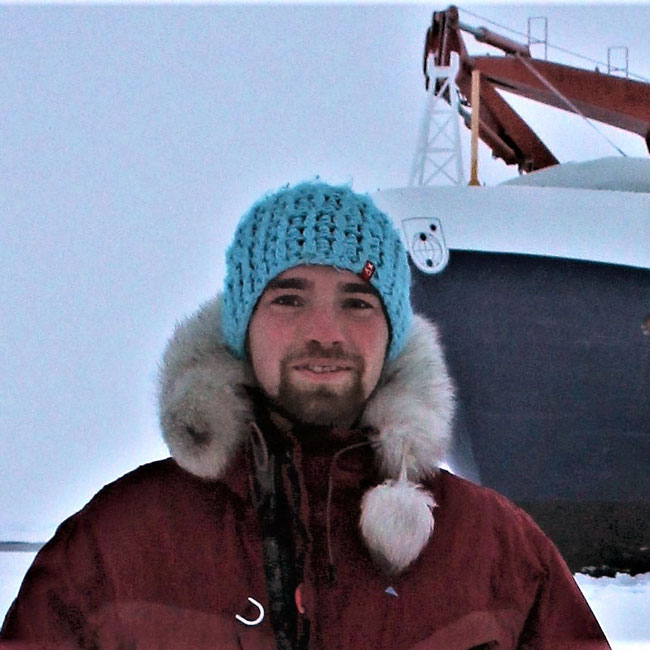Arctic benthos in the Anthropocene: Distribution and drivers of epifauna in West Greenland
[Published 23 July 2024]
Scientific Publications
Abstract
Albeit remote, Arctic benthic ecosystems are impacted by fisheries and climate change. Yet, anthropogenic impacts are poorly understood, as benthic ecosystems and their drivers have not been mapped over large areas. We disentangle spatial patterns and drivers of benthic epifauna (animals living on the seabed surface) in West Greenland, by integrating an extensive beam-trawl dataset (326 stations, 59–75°N, 30–1400 m water depth) with environmental data. We find high variability at different spatial scales: (1) Epifauna biomass decreases with increasing latitude, sea-ice cover and water depth, related to food limitation. (2) In Greenland, the Labrador Sea in the south shows higher epifauna taxon richness compared to Baffin Bay in the north. Τhe interjacent Davis Strait forms a permeable boundary for epifauna dispersal and a mixing zone for Arctic and Atlantic taxa, featuring regional biodiversity hotspots. (3) The Labrador Sea and Davis Strait provide suitable habitats for filter-feeding epifauna communities of high biomass e.g., sponges on the steep continental slope and sea cucumbers on shallow banks. In Baffin Bay, the deeper continental shelf, more gentle continental slope, lower current speed and lower phytoplankton biomass promote low-biomass epifauna communities, predominated by sea stars, anemones, or shrimp. (4) Bottom trawling reduces epifauna biomass and taxon richness throughout the study area, where sessile filter feeders are particularly vulnerable. Climate change with diminished sea ice cover in Baffin Bay may amplify food availability to epifauna, thereby increasing their biomass. While more species might expand northward due to the general permeability of Davis Strait, an extensive colonization of Baffin Bay by high-biomass filter-feeding epifauna remains unlikely, given the lack of suitable habitats. The pronounced vulnerability of diverse and biomass-rich epifauna communities to bottom trawling emphasizes the necessity for an informed and sustainable ecosystem-based management in the face of rapid climate change.
FACE-IT Scientists:
Tobias Reiner VONNAHME
Greenland Institute of Natural Resources, Greenland Climate Research Centre (GCRC), Nuuk, Greenland
Tobias’ FACE-IT Projects
Role in FACE-IT:
• Researcher "Biodiversity Changes"
• Researcher "Ecosystem Function Changes"

